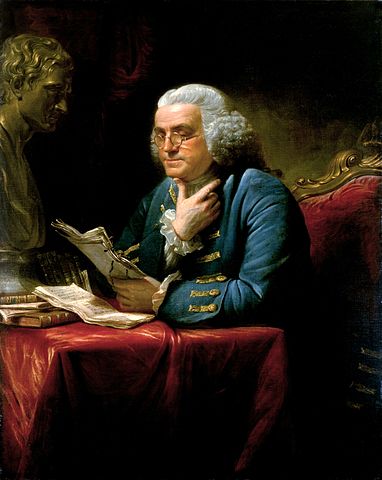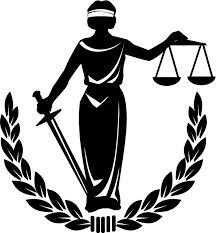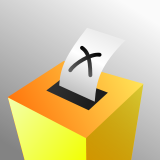 Justice is one of three important political concepts. Justice is the concept of morality, fairness and rightness. Although justice often comes hand in hand with other terms such as benevolence, mercy, generosity, etc, these are not the same as justice. Justice, from a modern perspective, deals with fairness and making decisions to further these causes. Justice itself, as a concept, differs between different cultures, societies, and time periods. Furthermore, justice can be more broadly understood as a way of organizing goods amongst people. This concept can be formulated into three questions: What is to be distributed (money, power, status)? Among whom do we distribute these goods (humans, nations, gods)? And, how do we distribute? To answer these there have been many forms of organization suggested such as egalitarianism, utilitarianism, meritocracy, welfare-maximization, etc.
Justice is one of three important political concepts. Justice is the concept of morality, fairness and rightness. Although justice often comes hand in hand with other terms such as benevolence, mercy, generosity, etc, these are not the same as justice. Justice, from a modern perspective, deals with fairness and making decisions to further these causes. Justice itself, as a concept, differs between different cultures, societies, and time periods. Furthermore, justice can be more broadly understood as a way of organizing goods amongst people. This concept can be formulated into three questions: What is to be distributed (money, power, status)? Among whom do we distribute these goods (humans, nations, gods)? And, how do we distribute? To answer these there have been many forms of organization suggested such as egalitarianism, utilitarianism, meritocracy, welfare-maximization, etc.
Peace is characterized by a lack of violence and the existence of a healthy environment where people are free from fear and conflicts. Peace can be thought of in two conceptions: positive and negative. Negative peace is the absence of direct violence; although the word negative is used, it does not necessarily connote a negative meaning. Positive peace, on the other hand is the absence of indirect and structural violence. The difference is that direct violence refers to physical attacks, massacres, and our normal idea of violence, but structural violence refers to death and harm that results from an unjust structure. Famine and malnutrition are examples of results of structural violence. Another important concept of peace is that although it is defined as a lack of violence, it is considered to be the natural social condition rather than war being a natural social condition.
Violence is characterized by an intentional act that seeks to harm another person, group or community. Violence can come in many types: self-directed, collective, non-physical, and interpersonal. Self-directed violence includes such acts as suicide and self mutilation. Collective violence involves larger groups formed by social, political, economic, or other means. These groups seek to assert themselves through violent acts such as war. Non-physical violence includes acts such as threats, negligence, intimidation, etc. Lastly, interpersonal violence is that which occurs between more closely related persons such as relatives or intimate partners.
© BrainMass Inc. brainmass.com June 30, 2024, 9:23 am ad1c9bdddf


